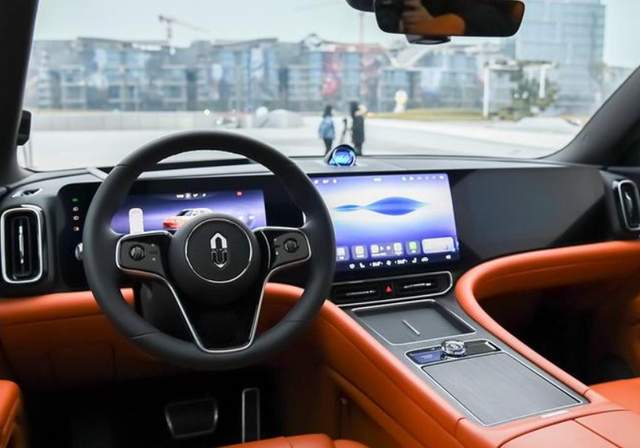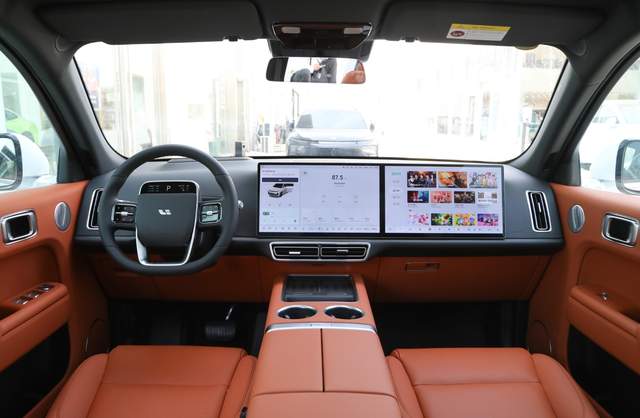Breaking Through: Chinese Automakers' €12.7 Billion Leap into the European Market
![]() 04/16 2025
04/16 2025
![]() 570
570
Recently, the European Union (EU) revealed a figure that has captured the attention of the global automotive industry: In 2024, China's auto exports to the EU soared to €12.7 billion (approximately RMB 102.9 billion), marking a nearly 16-fold increase in just five years.
This remarkable achievement signifies that the European market, long dominated by German, Japanese, and American automakers, is now witnessing a significant inroad by Chinese automakers.

I. The 'Transformation Curve' Behind the Numbers
According to the latest trade report from the EU, China surpassed Japan and South Korea in 2024 to become the EU's largest source of auto imports for the first time. The growth curve is particularly noteworthy:
Scale Surge: From €750 million in 2019, China's auto exports to Europe skyrocketed to €12.7 billion in 2024, representing a 1591% increase.
Structural Advancement: The proportion of electric vehicles (EVs) increased from 19% to 78%, with the average unit price rising from €18,000 to €36,000.
Market Penetration: In pioneering markets for new energy vehicles such as Norway and the Netherlands, Chinese brands now hold a market share exceeding 15%.
This steep growth trajectory has dispelled the misconception that 'Chinese cars can only compete on price.' Today in Europe, models like NIO's ET7 priced at €45,000 and BYD's Seal at €59,000 compete head-to-head with BMW's i5 and Mercedes-Benz's EQE.

II. The 'Iron Curtain' and Emerging Cracks in the European Market
The European auto market is renowned for its high barriers:
The German Big Three (Audi, Mercedes-Benz, BMW) dominate the mid-to-high-end segment, with localized production accounting for over 70%.
Japanese automakers (Toyota, Honda) have deep roots among family users due to their hybrid technology.
Tesla has disrupted traditional channels with its superfactories and direct sales model.
The key to Chinese automakers' success in penetrating this market lies in capitalizing on the 'perceptual shift' among European consumers—from 'paying for the brand' to 'paying for technology.' A J.D. Power survey revealed that in 2024, the top three factors influencing European car buyers were intelligent driving (34%), charging efficiency (28%), and in-car systems (22%), with brand influence falling out of the top three for the first time.

III. The 'Three Pillars of Technological Strength' of Chinese Cars
1. Electrification: Turning Range Anxiety into a Selling Point
BYD's Blade Battery offers a true range of 700km, outperforming the Volkswagen ID.4 in the same class by 150km.
NIO's battery swap stations provide energy replenishment in just 5 minutes, covering major highway networks in 20 European countries.
XPeng's 800V high-voltage platform adds 300km of range with only 10 minutes of charging.
2. Intelligence: Redefining the 'Human-Vehicle Relationship'
Huawei's ADS 3.0 intelligent driving system boasts a 40% lower takeover frequency compared to Tesla's FSD in complex European road conditions.
BYD's DiLink system supports 12 languages, including English and German, with a local application adaptation rate exceeding 90%.
NIO's NOMI voice assistant can recognize European languages with accents.

3. Scenario-Based Solutions: Precisely Addressing Demand Pain Points
For the extremely cold climate of Northern Europe, BYD has introduced a -30°C battery preheating technology.
To navigate the narrow streets and alleys of Southern Europe, XPeng's G9 features a 'European mode' with a minimum turning radius of 4.8 meters.
Considering the travel needs of European families, NIO's ET5 Touring version comes standard with a roof-mounted bicycle rack.
Conclusion
Chinese automakers' €10 billion breakthrough in Europe is essentially a strategic triumph of 'technology for market.' From price competition to technology competition, from product exports to overseas ecosystem expansion, this journey has just begun.
As a senior executive from the Volkswagen Group noted, 'Our Chinese competitors have taught us that the future of the automotive industry does not belong to brands that rest on their laurels.' As smart electric vehicles erase the accumulated advantages of century-old brands, this transformation may be just the prelude to a seismic shift in the European market.







